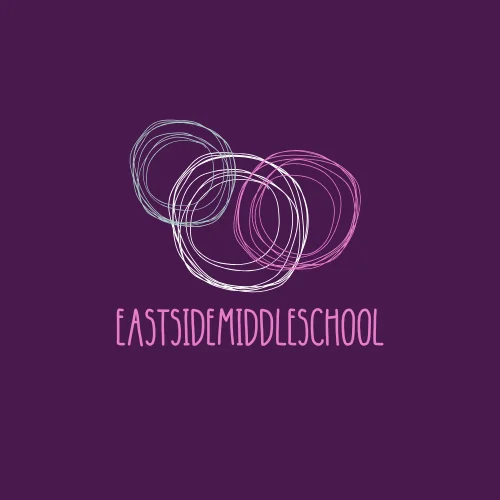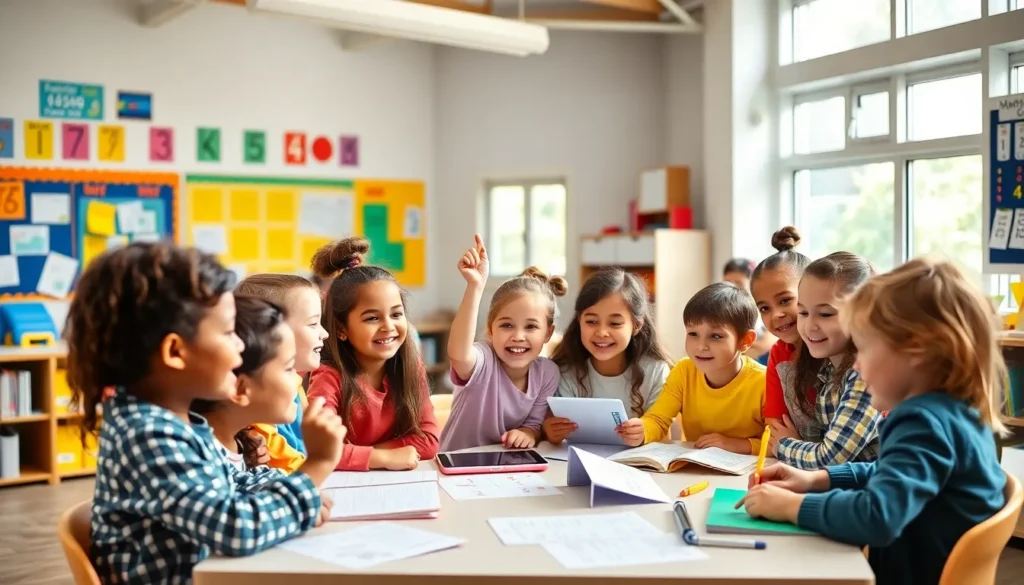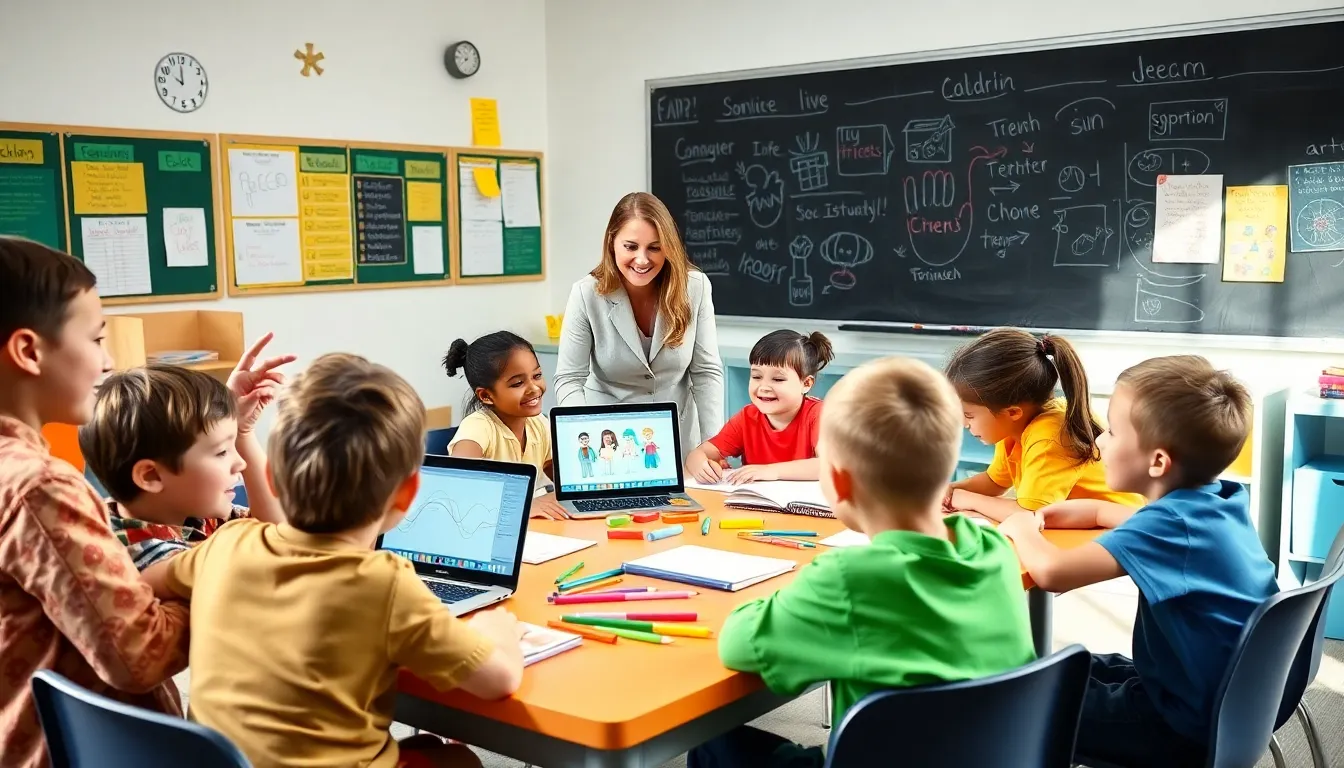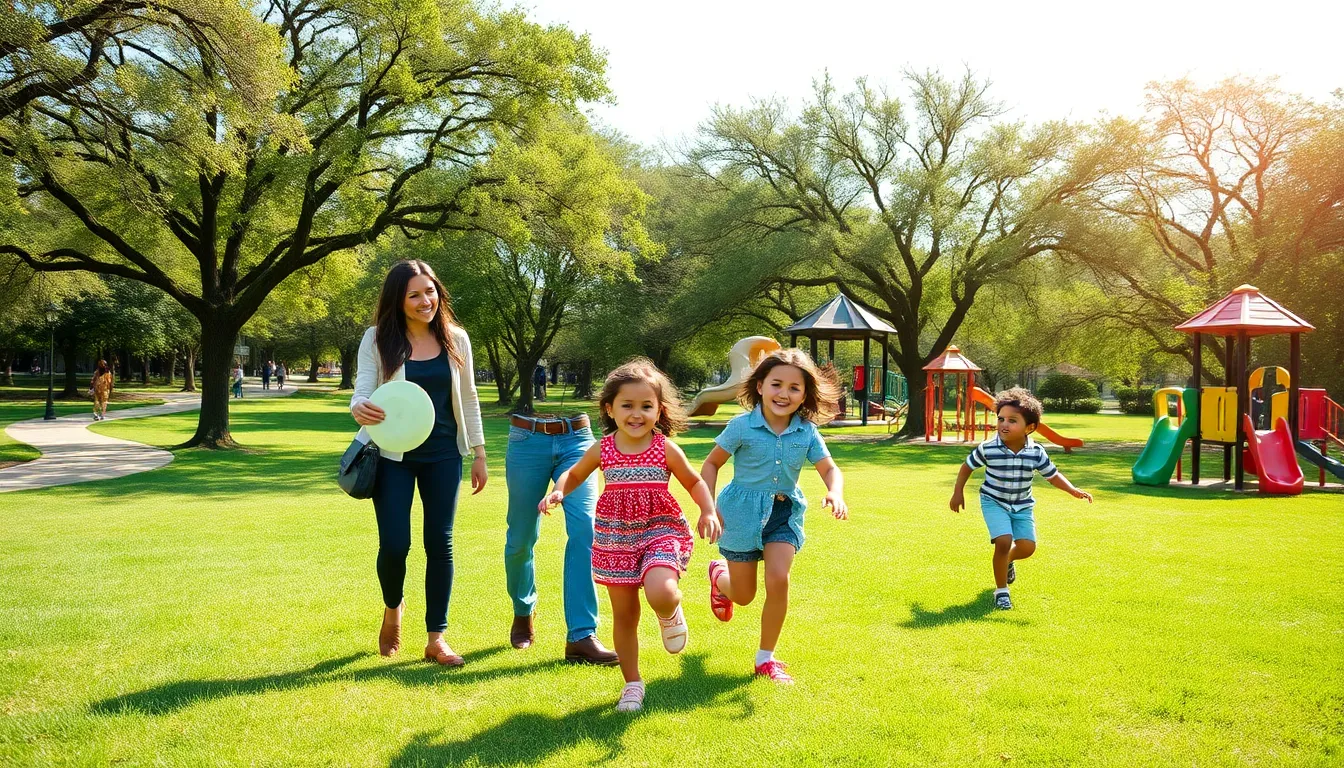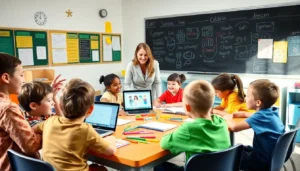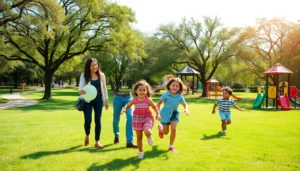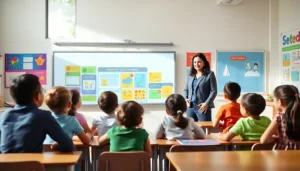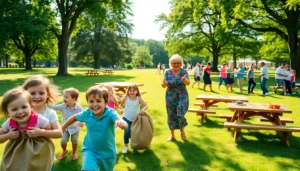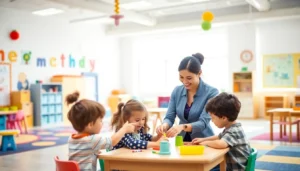Curious about the age of 3rd graders? Sit tight while we jump into the delightful world of eight and nine-year-olds. This quirky age comes packed with curiosity, creativity, and a whole lot of energy. Imagine a room bustling with kids who are just starting to crack the code of reading, math, and social interactions. It’s a magical time filled with learning, mischief, and, yes, the occasional eye-roll. Let’s unpack everything you need to know about this fascinating age group.
Table of Contents
ToggleUnderstanding the Age Range for 3rd Graders
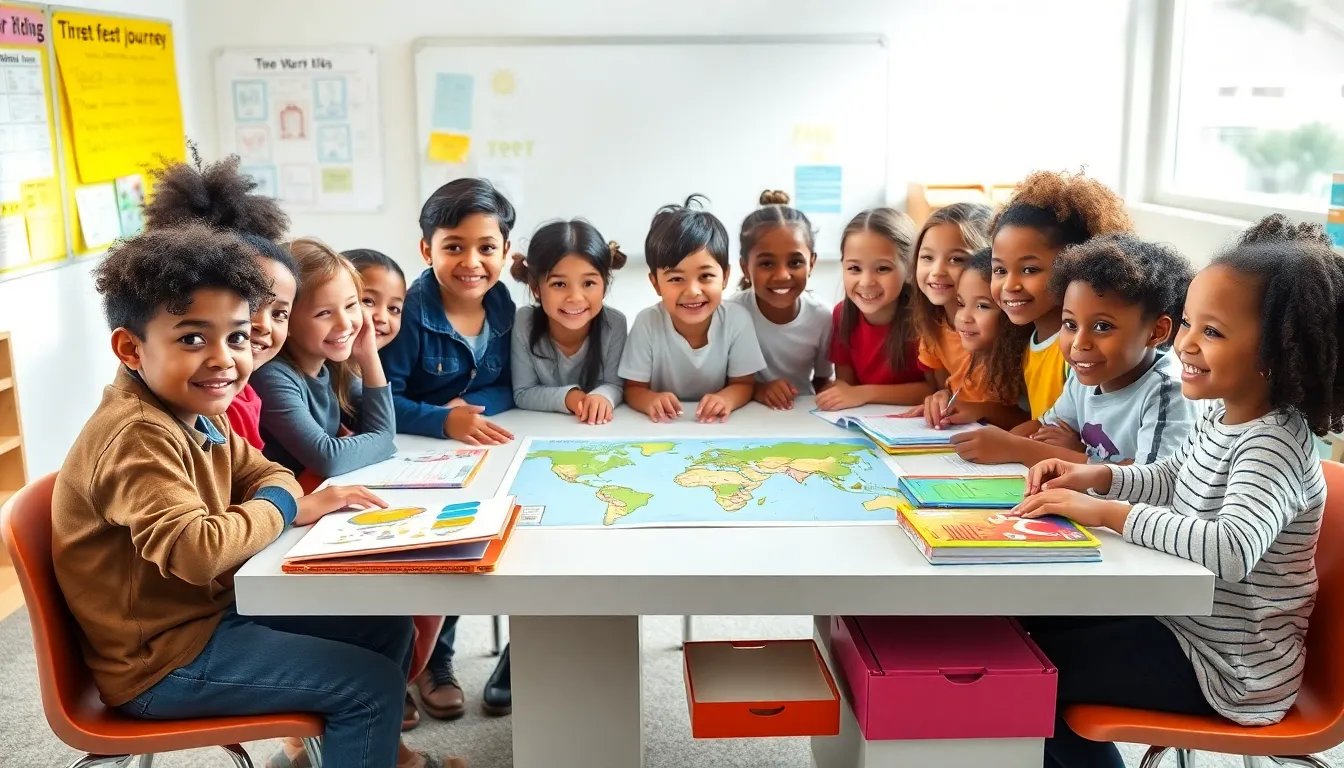
Typically, children in the 3rd grade are between 8 and 9 years old. This age range is fascinating, as it marks a critical transition from early childhood to middle childhood. At this stage, children are generally enthusiastic about learning and are more capable of thinking abstractly than they were in earlier grades. Some may even start expressing interests in hobbies and activities beyond the classroom. It’s a time when they begin to see the world through a broader lens, expanding their understanding of complex concepts and relationships.
Typical Characteristics of 3rd Graders
Third graders tend to exhibit several key characteristics:
Cognitive Development
By this age, children are enhancing their problem-solving skills and becoming adept at logical reasoning. They can tackle more complex problems, both in mathematics and language arts, often showing improved reading comprehension.
Social Skills
Social dynamics become more pronounced in 3rd graders. They are beginning to navigate friendships and group dynamics with more sophistication. Peer acceptance might start to play a crucial role, as children become more sensitive to the opinions of their classmates.
Emotional Regulation
Emotional growth is significant. Third graders may experience greater emotional ups and downs, but they’re also learning to manage their feelings more effectively. This newfound emotional intelligence helps them in social settings.
Educational Expectations for 3rd Graders
Educationally, schools typically expect 3rd graders to build on their foundational skills acquired in earlier grades.
Reading Proficiency
By this point, students should be reading at grade level, with a focus on comprehension. They start engaging with different genres of literature, from fiction to non-fiction, allowing for richer discussions in class.
Math Skills
Mathematics expectations increase, too. Students learn multiplication, division, and the concept of fractions. They also begin applying these skills to solve real-world problems, making math feel relevant and tangible.
Science and Social Studies
Simple experiments and basic history lessons about local communities or states often come into play. It’s an exciting time of exploration, where students experiment with concepts like habitats and historical events.
Social Development in 3rd Graders
Socially, 3rd graders are embarking on a journey of deeper relationship building and social interactions
Friendship Dynamics
Friendships become more complex. Children want to form close bonds with a few friends instead of being part of larger, less meaningful groups. It’s a time when loyalty and trust become essential components of friendships.
Conflict Resolution
Learning conflict resolution becomes crucial as they learn to navigate disagreements with peers. Strategies like talking it out or seeking a mediator might surface as they try to solve disputes rather than resorting to more physical forms of confrontation.
Group Work
Collaborative projects often occur in the classroom, encouraging teamwork, communication, and shared responsibility. These projects help them develop social skills that are integral to personal growth.
Tips for Supporting Your 3rd Grader’s Growth
Supporting a 3rd grader’s growth can be a fulfilling experience. Here are several ways to do just that:
Foster a Love for Reading
Encouraging reading at home promotes literacy skills. Regular library visits and storytime can help nurture this love further.
Create a Routine
Establishing a consistent daily routine can greatly benefit a child’s stability and learning. Including designated assignments time and playtime can create a balanced environment that fosters growth.
Engage in Conversations
Frequent discussions about their day, interests, and feelings can help strengthen your relationship. This opens pathways for communication that engage them in deeper social-emotional learning.
Encourage Hobbies
Supporting interests outside of academics – like sports, art, or music – allows for a well-rounded development that goes beyond school.
